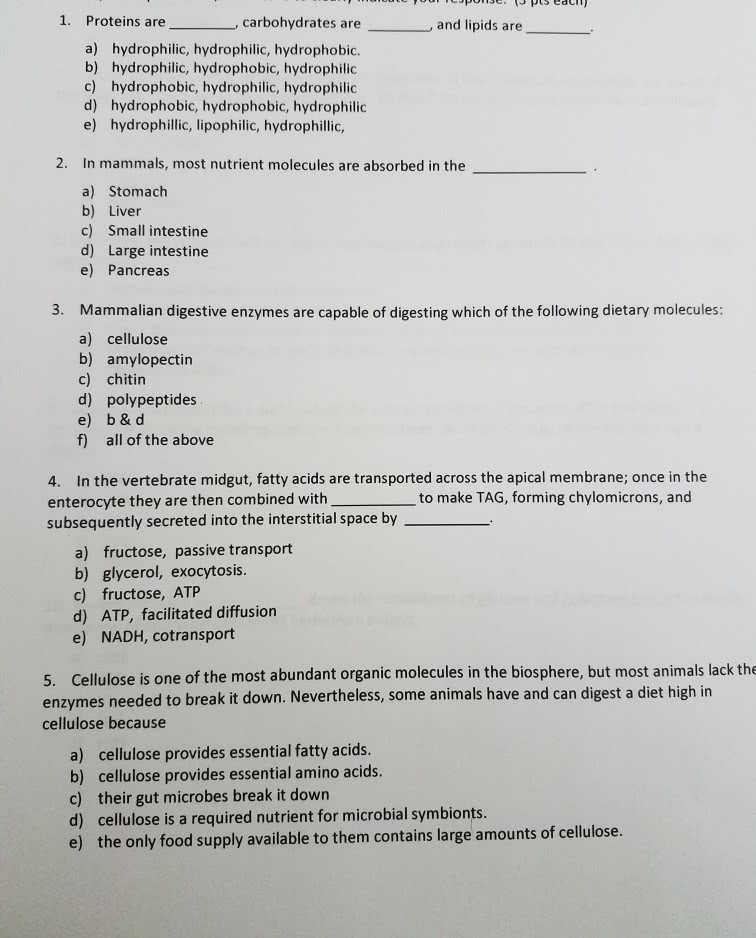MBB 222 Chapter Notes - Chapter 1: Phosphodiester Bond, Covalent Bond, Carbohydrate Metabolism
Document Summary
Triacylglycerols are neutral (uncharged) lipids that contain three fatty acid esters covalently linked to glycerol. Lastly, fatty acids and fatty acid derived molecules have recently been shown to be important signaling molecules that bind to nuclear receptor proteins. In this way, fatty acids regulate lipid and carbohydrate metabolism, inflammatory responses, and cell development. The most common structural arrangement of small biomolecules is in the form of polymers, which create large macromolecules. The two most abundant polymers in cells are nucleic acids, which consist of covalently linked nucleotides, and proteins, which are made up of covalently linked amino acids in the form of polypeptides. Simple sugars can also be linked into polymeric structures, forming a type of carbohydrate called polysaccharides. The most common polysaccharides in nature are cellulose, chitin, starch, and glycogen. The enzymatic reactions that assemble and disassemble polymers must be regulated to control these processes in response to cellular conditions.


